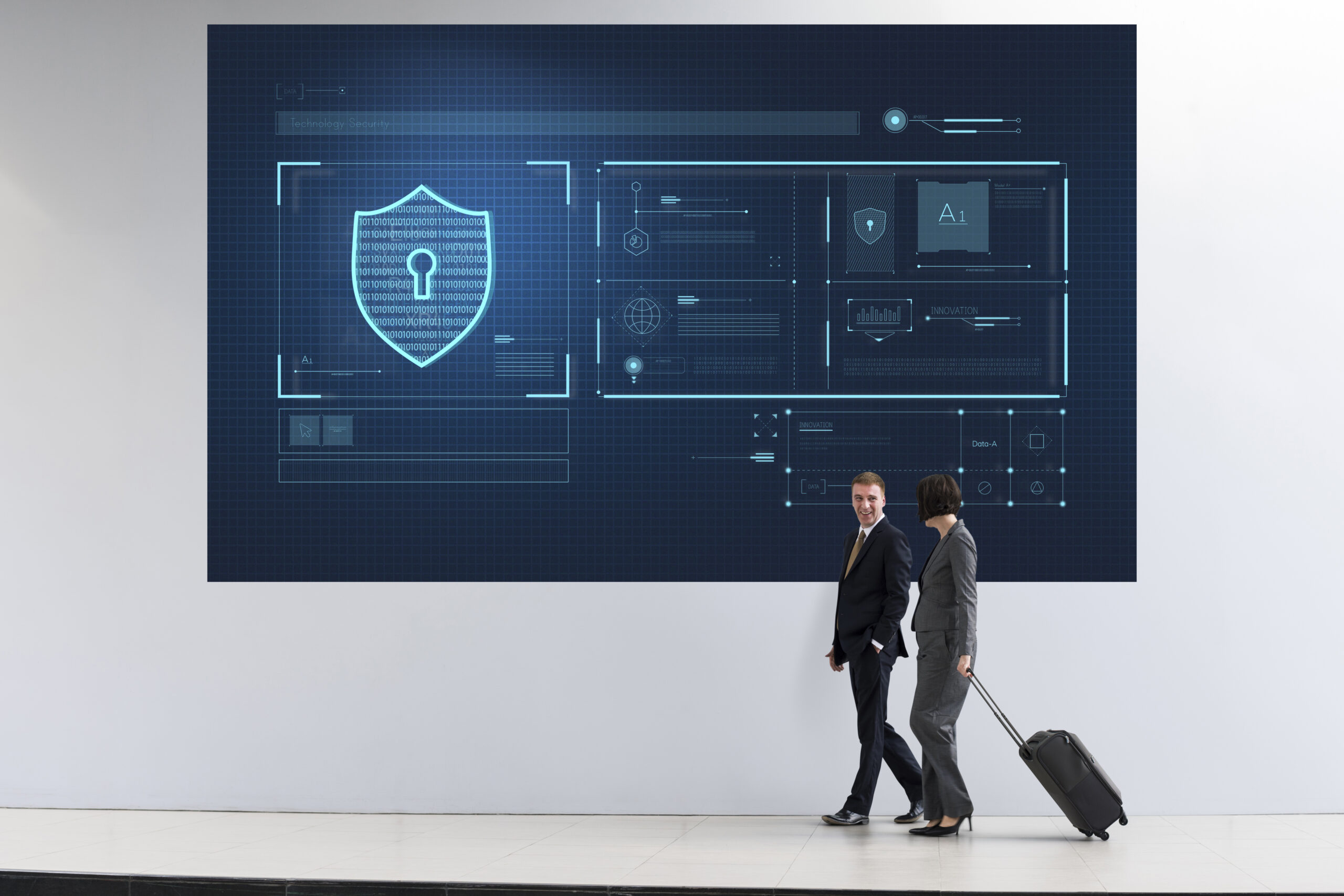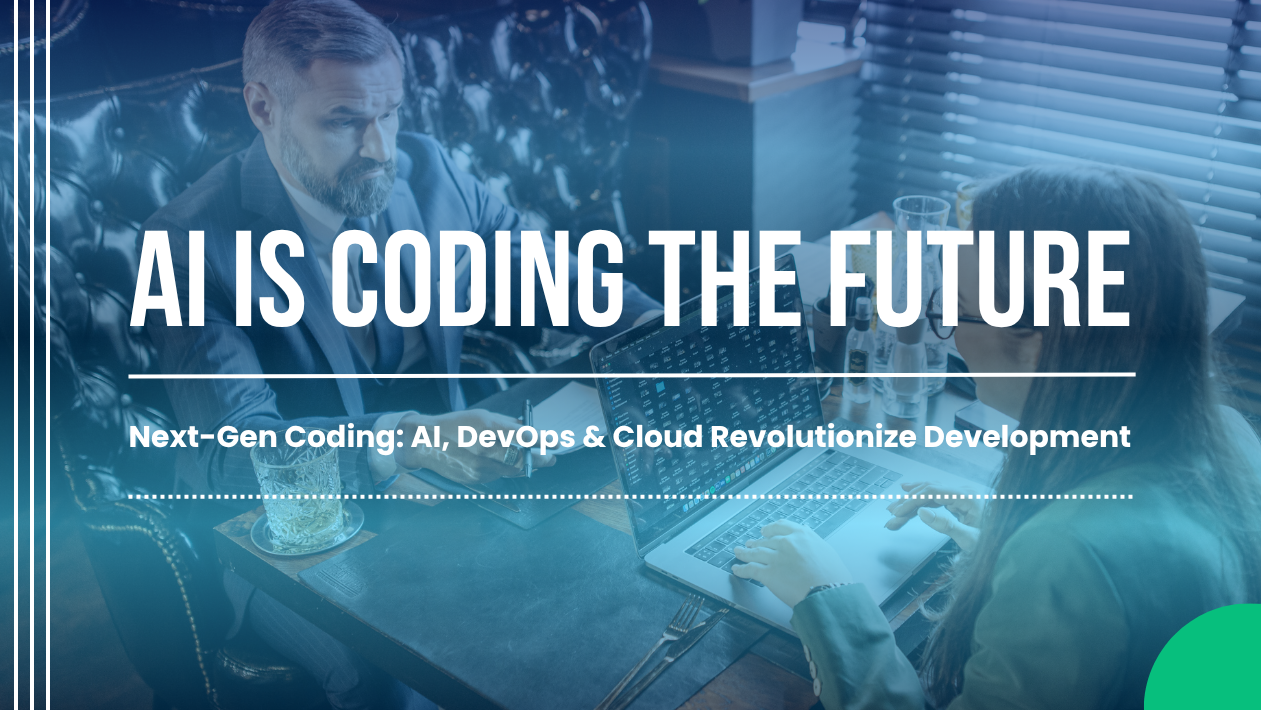In 2025, the global cybersecurity landscape is more complex and high-stakes than ever. As digital transformation accelerates across industries, cybercriminals are leveraging AI, automation, and even quantum computing prototypes to launch more sophisticated attacks—forcing organizations to rethink their entire security strategy.
According to IBM’s latest X-Force Threat Intelligence Index, global cyberattacks have risen by 38% compared to the previous year, with ransomware, supply chain compromises, and deepfake-based phishing leading the charge.
AI is a Double-Edged Sword in Cyber Defense
Artificial intelligence is now used widely in both offense and defense. Cybercriminals use AI to automate reconnaissance, craft believable phishing attacks, and evade traditional detection systems. In response, enterprises are investing in AI-driven threat detection, behavioral analytics, and real-time incident response tools.
Platforms like CrowdStrike, Darktrace, and SentinelOne are leading the charge with adaptive AI that can detect anomalies in milliseconds.
Zero Trust Architecture Becomes Industry Standard
As remote and hybrid work persists, companies are rapidly adopting Zero Trust Security Models—which assume no user or device is trustworthy by default. Zero Trust policies require constant verification, least privilege access, and micro-segmentation of networks.
Microsoft and Google have both fully implemented Zero Trust internally and now offer enterprise-wide solutions to help others do the same.
Quantum Computing Raises Alarms for Encryption
With quantum computing capabilities advancing quickly, traditional encryption methods like RSA and ECC are becoming vulnerable. Governments and tech firms are now investing in post-quantum cryptography to future-proof digital assets.
The U.S. National Institute of Standards and Technology (NIST) is expected to finalize its post-quantum encryption standards by the end of 2025.
Supply Chain Attacks Demand Greater Vigilance
Cyber attackers are increasingly targeting third-party vendors and software supply chains to breach larger organizations. The 2025 SolarStorm breach, which impacted over 40 companies across finance and energy sectors, underscored the urgency of supply chain risk assessments and continuous monitoring.
Vendor risk management platforms are now seen as essential security tools.
Biometric Authentication and Passwordless Access Gain Traction
To combat credential theft, organizations are moving toward biometric authentication, multi-factor authentication (MFA), and passwordless login solutions. Facial recognition, fingerprint scanning, and behavioral biometrics are now common across banking, healthcare, and government services.
This shift is improving security while also enhancing user experience.
Cybersecurity Skills Gap Still a Major Concern
Despite rising threats, there remains a global shortage of over 3.5 million cybersecurity professionals, according to (ISC)². Governments and educational institutions are ramping up cybersecurity training programs, certifications, and bootcamps to bridge the gap.





